New releases of technical publications are now available
List IV List of Coast Stations and Special Service Stations.
ITU LIST IV-List of Co.St.S.S.S-CD 2021
List IV contains important information for the mariner in relation to
radiocommunications, including the GMDSS (Global Maritime Distress
and Safety System). Detailed information such as the frequencies for
transmitting and receiving, in addition to geographical coordinates, is
provided for maritime coast radio stations, including those assuming
watch-keeping using digital selective calling (DSC) techniques and
radiotelephony. List IV also supplies details of additional services such
as medical advice, navigational and meteorological warnings, MSI
(Maritime Safety Information), AIS (Automatic Identification System),
meteorological bulletins and radio time signals, along with the hours of
service and operational frequencies, information on port stations, pilot
stations, coast Earth stations, VTS stations, contact information of RCC
(Rescue Coordination Centers), SAR agencies, Navarea coordinators
and AtoNs (AIS Aids to Navigation).
As stipulated in Appendix 16 to the RR, this List shall be provided to all
ship stations for which a Global Maritime Distress and Safety System
(GMDSS) installation is required by international agreement.
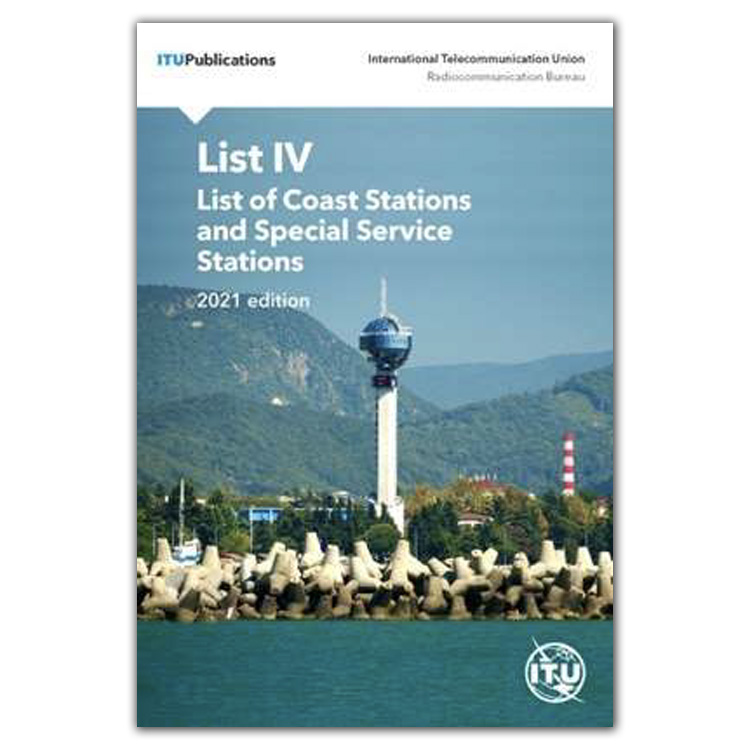
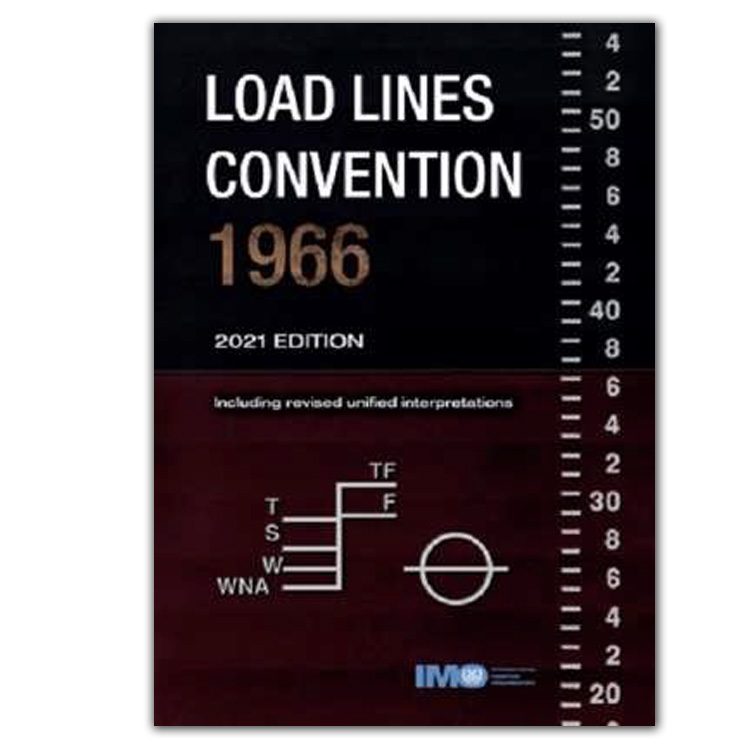
Load Lines Convention 1966, 2021 Edition
Including revised unified interpretations
Load Lines Convention 1966, 2021 Edition including revised unified
interpretations The International Convention on Load Lines, 1966,
adopted by the International Conference on Load Lines on 5 April 1966,
entered into force on 21 July 1968 and has been modified by the 1988
Protocol relating thereto and amended by Assembly and Maritime
Safety Committee resolutions over the past 50 years. The 2021 edition
includes up-to-date, consolidated text in line with amendments
adopted up to 1 July 2021, as well as updated unified interpretations
that have been keyed to relevant articles and regulations.
Guide to Maritime Security and the ISPS Code
This Guide has been developed to consolidate existing IMO maritime
security-related material into an easily read companion guide to SOLAS
chapter XI-2 and the ISPS Code in order to assist States in promoting
maritime security through development in the requisite legal
framework, associated administrative practices, procedures and
technical and human resources. It is intended both to assist SOLAS
Contracting Governments in the implementation, verification,
compliance with, and enforcement of, the provisions of SOLAS chapter
XI-2 and the ISPS Code. It should also serve as an aid and reference for
those engaged in delivering capacity-building activities in the field of
maritime security. This second edition of the Guide incorporates
guidance approved by the Maritime Safety Committee on the
development of maritime security legislation as well as maritime cyber
risk management, and includes updated sources for further information
to support the implementation of the ISPS Code.
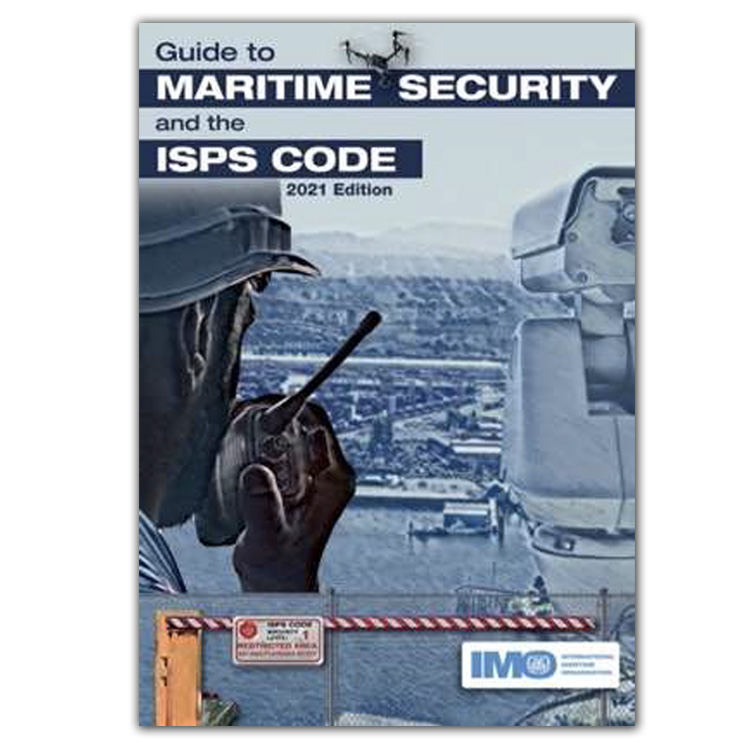
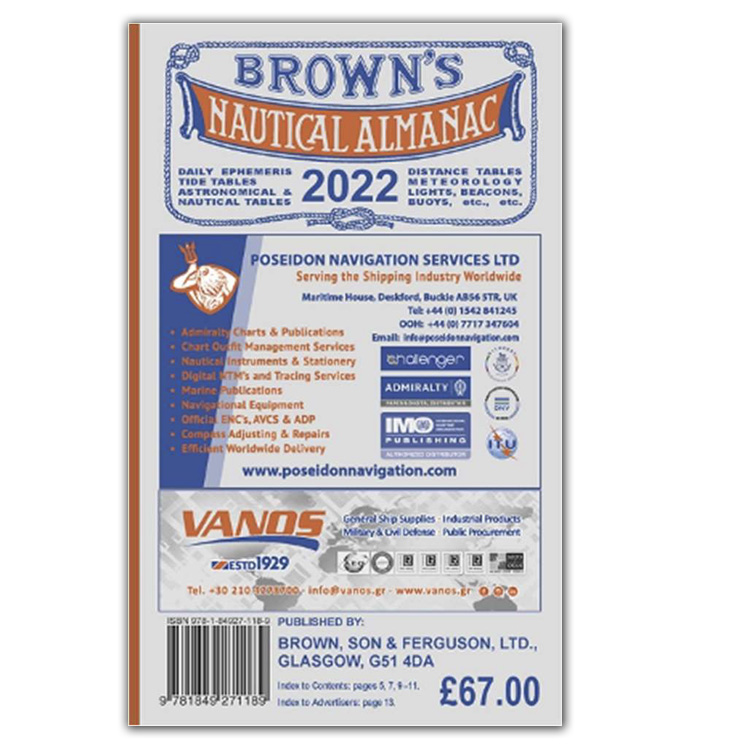
Browns Nautical Almanac 2022
Brown, Son and Ferguson Ltd. is proud to announce that the 2022
publication of Brown’s Nautical Almanac will the 145th Edition.
Established in 1850 on the south side of the River Clyde in Glasgow,
Brown, Son and Ferguson Ltd. soon started publishing books for the
sailing ships that visited the city. In these early days there were few
publications on maritime affairs available and its range of titles steadily
grew.
A new and exciting era dawned for the firm with the first issue of
Brown’s Nautical Almanac in 1876. Every year it continues to be
completely revised with ongoing care and attention given to its
preparation. It has been edited and arranged to ensure accuracy and
ease of reference for a book in daily practical use. The entire book has
been re-set so that Navigators will find the tables are sharper and
easier to read.
Brown’s Compact Nautical Almanac 2022
Brown’s Nautical Almanac in a Compact edition, contains less
information than the standard Brown’s Nautical Almanac. Following is
included in the Compact Edition:
- Calendar for the year 2022 & 2023
- Phases of the moon.
- Eclipse
- Explanation of Astronomical characters
- Altitude correction tables
- The Nautical Almanac and its use
- Planetary information, 2022
- Hourly Astronomical elements of sun, moon and planets
- Standard times
- Increments and correction tables
- Sidereal hour angle and declination of stars
- Polaris (pole star) tables, 2022
- How to find the principal stars
- Legal guidance for the mariner
- Load line zones, areas and seasonal periods
- International regulations for preventing collisions at sea
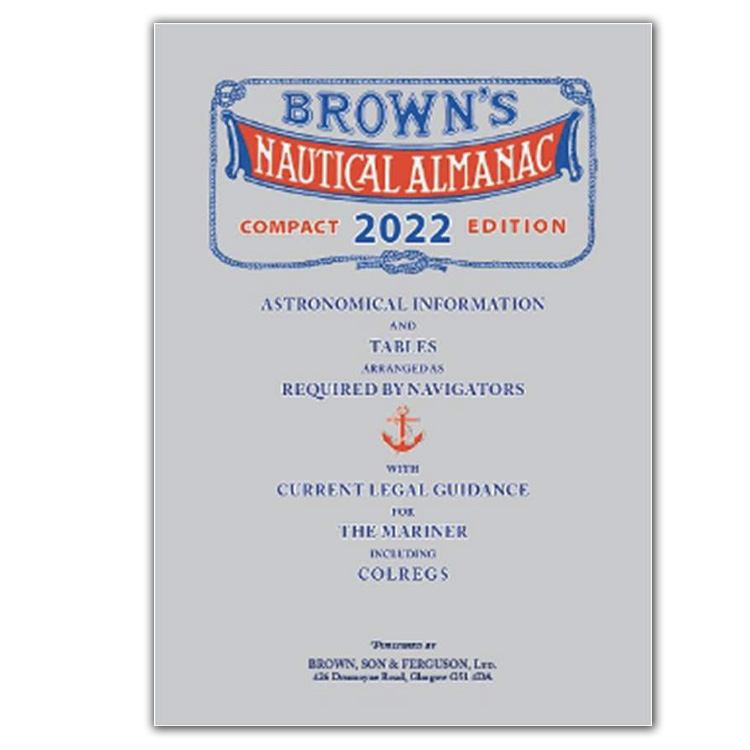
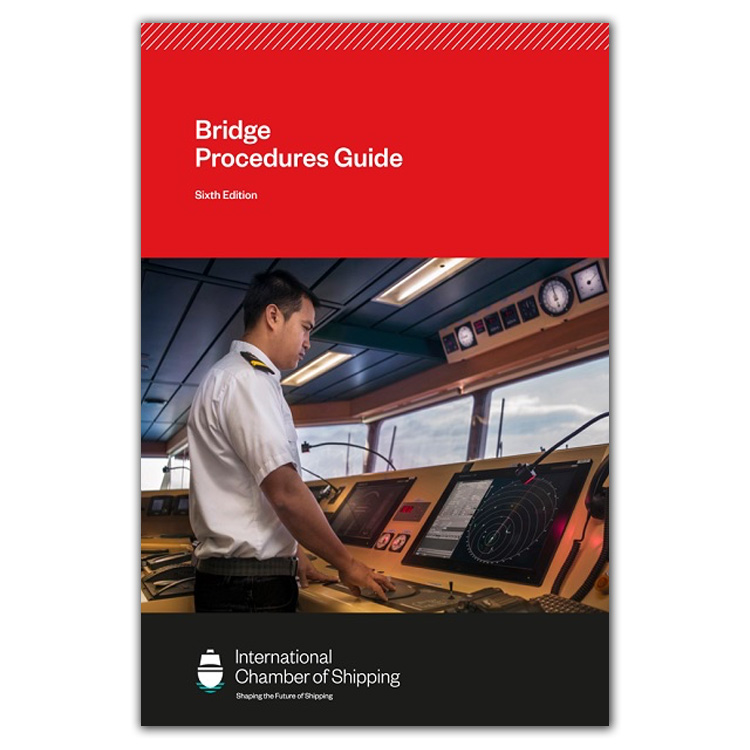
Bridge Procedures Guide
The new ICS Bridge Procedures Guide has been written to reflect the rapid technological advances taking place in the shipping industry and to equip users to deal with the digital transformation taking place on the bridge.
For over 40 years, this bestselling Guide has reflected and defined current best practice on the bridges of merchant ships operating in all sectors and trades. Now in its sixth edition, it is widely acknowledged as the leading industry guidance on safe bridge procedures and is a recommended carriage on all vessels by the International Maritime Organization (IMO).
Regularly used by Masters, watchkeeping officers, shipping companies, training institutions and accident investigators worldwide, the Guide continues to be an essential tool for those in charge of a navigational watch.
Thoroughly revised and updated to be relevant to todays international shipping landscape, the new edition provides clear guidance on best practice approaches to watchkeeping that make safe and effective use of modern technology, and embrace internationally agreed standards and recommendations adopted by the IMO.
- Increased guidance on non-navigational procedures;
- New sections on the human element, Electronic Chart Display and Information System (ECDIS) safety settings, category zone of confidence (CATZOC), weather routeing, communications with the engine control room, cargo operations, risk assessments and permits to work, ship stability, ballast water management, errors associated with Global Navigation Satellite System (GNSS), and characteristics of radar;
- More visual aids to improve understanding and support on board training; and
- Simplified language to reflect current best practice in writing guidelines and checklists.
More Information
All these titles and more are available in the Radio Holland +LIBRARY application. Do you want more information on how you can digitally obtain these titles for your vessel and how the +LIBRARY application can help you keep your on-board Technical Publications up-to-date.
Just ask one of our specialists!
